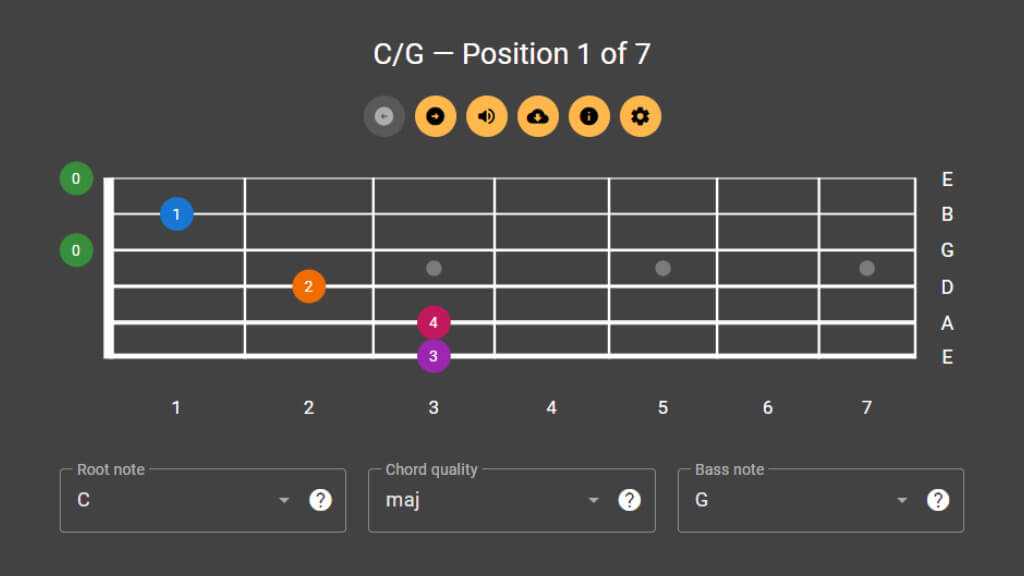Formula and Structure of the D#m9 Chord
Interval formula from the root note: 1 — b3 — 5 — b7 — 9. The chord consists of the following notes:
- Eb — unison and the main tonal anchor.
- Gb — minor third with a melancholic character and gentle lyricism.
- Bb — perfect fifth, stabilizing the triad and adding tonal grounding.
- Db — minor seventh with dominant pull toward the tonic.
- F — major ninth, opening the top line and adding airiness to the texture.
Together, these notes form the harmonic foundation of the D#m9 chord, defining its sound and role in the musical context.
Alternative Names for the D#m9 Chord
There are no alternative names for this chord.
Using the D#m9 Chord
Keep the 9 in the melodic line and alternate with the 11 for smooth development. Don’t overload the bass — minor is already rich enough. Use in arpeggios, jazz, and cinematic textures. For depth, add the b7, but keep it in the middle register.
Conclusion
D#m9 is an expressive and versatile chord. Learn several fingerings, experiment with different positions and voice spacing, then try weaving it into your own playing — this will help you quickly find your unique tone.













